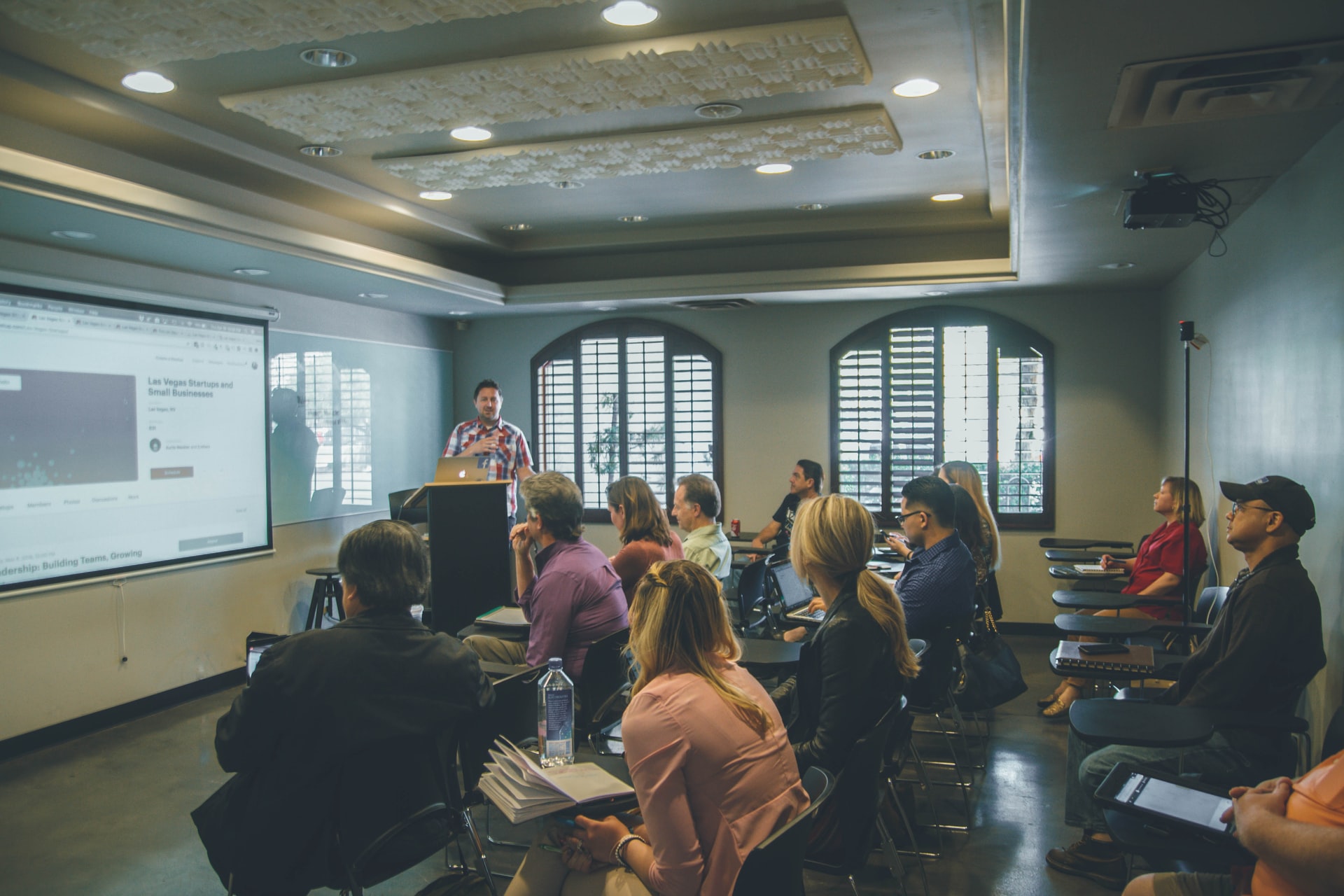Instructional Design With SAM

SAM (Successive Approximation Strategy) is an adaptive design and a delivery model that meets the urgent requirement for practical training collateral.
SAM stands for Rapid Design and Development Model.
The cognitivism-based notion of Instructional Systems Design (ISD) has been around since the 1950s and was first conceived as a technique to systemically arrange instructional material. Before ISD, education was largely “piecemeal” and based on behaviorist learning theory. At its essence, behaviorism is more concerned with the output of performance and far less concerned with the cognitive abilities that improve learning and retention of new information. Because of the limitations of behaviorism, cognitive Psychologist Robert Gagne developed the systems concept, which was the first manifestation of methodically structuring learning. To promote beneficial long-term consequences, the system’s idea advocated that learning be sequential and that more time be spent on the production of instructional content. Gagne developed the nine events of instruction as a method of organizing instructional content into a structured cognitive framework.
A group of psychologists at Florida State University established the ADDIE model immediately after as a practitioner’s guideline for organizing and designing training modalities. Within the five basic steps, the model originally comprised multiple steps (analyze, design, develop, implement and evaluate). The goal of ADDIE is to finish each phase before moving on to the next. This paradigm has functioned as the foundation for many instructional design initiatives; however, it has been criticized for being overly rigid and linear. A common complaint with ADDIE is that the process for evaluating training efficacy is slow and projects might take an inordinate amount of time to reach their intended audience due to the waterfall style of execution. Since the early 1990s, ADDIE has evolved in an attempt to be nimbler, although the sequential pattern of the processes still offers constraints. As a result of ADDIE’s limiting limitations, rapid prototyping has gained popularity in instructional design. In particular, Michael Allen of Allen Interactions created the Successive Approximation Model (SAM) in reaction to the ADDIE process’s boxed-in character. SAM is a quick design and development paradigm that uses reduced agile phases to generate comprehensive and adaptable projects.
Phase of Preparation
Similar to the ADDIE model, which starts with the Analysis phase, SAM starts with the preparation phase. This stage is used to gather background information on trainees. This is a quick phase that mainly includes analyzing learners’ weaknesses and strengths, learning about inherent prior knowledge, and determining the overall project goals. The preparatory phase finishes with what is known as the SAVY start. The SAVY launch offers an opportunity for all stakeholders to assemble and begin brainstorming on training design and potential instructional modalities. The SAVY start is a session in which the team quickly rotates design concepts. Prototypes are created from diverse design ideas that are unrefined and lack interactivity. These prototypes are usually sketches and rudimentary storyboards that serve as the foundation for subsequent design sessions after the SAVY start. This meeting, whether it lasts a day or a week, should include brainstorming, quick prototyping, rinsing, and repeating. At the end of the SAVY start, the team should have potential designs for each content area.
Iterative Design Phase
As the project goes into the iterative design phase, the team often shrinks to Subject Matter Experts and project designers/developers. This stage includes the planning process and extra design. The project planning phase should always occur after the SAVY start and consist of establishing project timeframes, budgeting (both time and money), and assigning a task to be done. For example, several members of the team may be in charge of scriptwriting and devising the instructional plan, while others are in charge of the real development of the training collateral.
After project planning is completed, the group can begin additional designing. This is the stage at which project design decisions are taken and instructional components are refined and visible. The additional design phase will iterate on the basic design selections established during the SAVY start until they have an agreed-upon design proof. The design team should attempt to create three potential designs for each content area. The rationale for three is to keep the team from becoming fixated on a single design that may be lacking in important instructional components. Essentially, it challenges the team to think creatively and beyond the obvious design answers. This may be difficult at first, but it will ultimately benefit your entire design.
The phase of Iterative Development
Once the team has agreed on a design, the project enters a continuous loop of creating, executing, and assessing. It is critical to construct smaller parts of the finished project during this stage to ensure you always have something functional for end-users to provide input on. This is one of SAM’s main differentiators. Unlike ADDIE, which requires feedback after the project, SAM always offers something usable that learners may use and interact with at all phases of development.
Alpha, Beta, and Gold Release
The Alpha stage is the initial version of a fully finished project. At this point, all program components are usable from start to finish. Learner connections in the form of media and formative feedback loops are examples of this. At this point, no major course problems should be detected, but minor editing possibilities are still widespread.
SAM’s last components are the beta and gold release stages. Based on comments and final evaluation, the beta is a refined version of the alpha. It is not unusual for the beta release to be the project’s gold version. The beta phase is a final chance to review and improve the project based on input from the alpha phase. Once all final adjustments are made, the project enters the gold release and is ready for full deployment.
To summarize, SAM enables designers to test their course early and frequently, as well as be responsive to adjustments depending on user input. This continuous feedback loop acts as a catalyst for a more coherent project that is adaptable to the constantly changing learning objectives.





